My design needs a very low contact resistance electro-mechanical device, such as a reed relay. The solution needs to be small (PCB mount). It needs to have low leakage, with a contact resistance smaller than 10 mΩ, as that is the largest resistance value in my circuit (shunt resistor).
My "goal" would be:
- 1 mΩ contact resistance.
- Voltage less than 40 Vdc,
- Current from 1A to ~1 μA.
Some have suggested using mercury wetted reed relays, which may be a possible solution, although they are not easy to find (currently manufactured ones).
Could I use multiple low contact resistance relays in parallel, to both increase current capability and decrease total contact resistance? I have seen that at the small currents that my device sometimes experiences there can be an issue with relay contacts.
The design cannot use MOSFETs, the entire point of the device is that it has very low resistance.
Basically the same question was asked here, but I have other requirements than the ones in this other topic.
In basic terms, it is a current measurement device. It goes shunt -> buffer -> x10 -> PGA -> ADC. The circuit is (almost) outputting the expected values (3-digit precision down to μA level; I want 5-digit precision).
There are two relays in my design. I'm using two 0.01 Ω shunts for mA/A/inaccurate μA, and 10 Ω for accurate μA/low-end mA. Relay #1 shorts out 10 Ω shunt, not used in most measurements. Relay #2 shorts out fuse. Relay #2 could be eliminated along with the fuse.
EDIT: I edited the question to best of my ability so that it does not ask for specific manufacturer parts.
